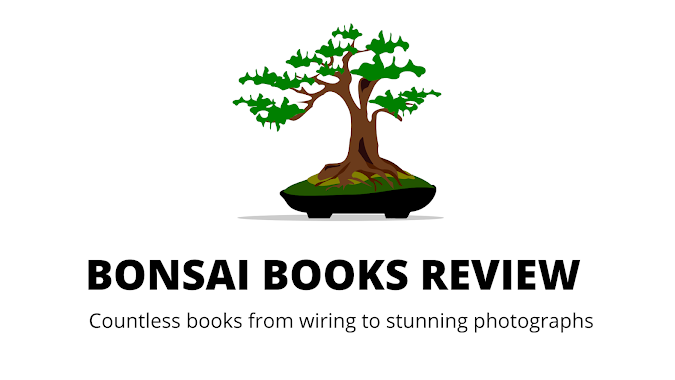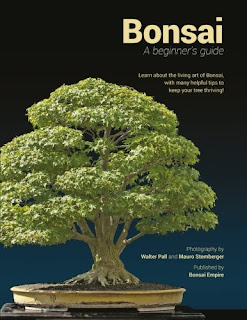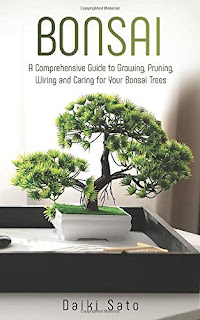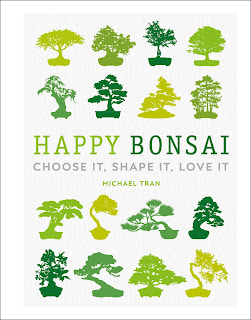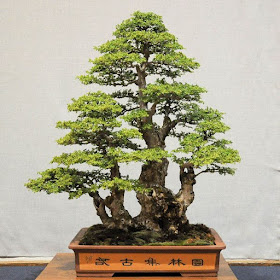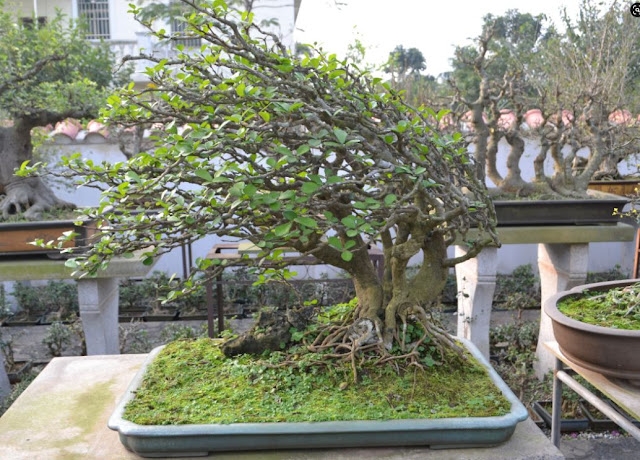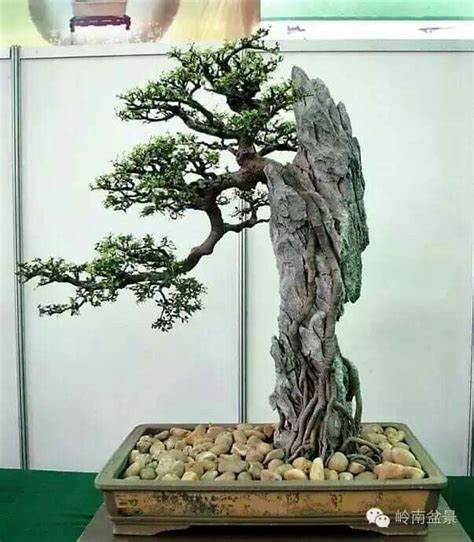Bonsai culture is incredibly spread throughout the world. From Russia to India, many people share a common interest in the fascinating Bonsai culture. Politics fails big time whereas Bonsai enthusiastic culture manages to unite the world. As time goes by, I have been reading many books on bonsai. From seed, planting, and cultivation, there is a sea of information and enrichment that one can get by reading and understanding the differences of various trees. Some like it hot, some humid, and some others dry. As this blog post gets regularly updated, please scroll to find the latest books always at the bottom.
The best is to start with a book for beginners edited by Bonsai Empire. Well, the Bonsai guide for beginners is the right choice for those who intend to enter the world of Bonsai. It all starts from nursing and watering the tree down to explanation on how to stimulate growth and upkeep. It covers the basic techniques, well illustrated with over a hundred images, and explains everything you need to know in an understandable way. The images are of great quality. The information is very useful. Many members of my bonsai society have recommended and referenced from this book. Inspirational and informative!
Going into pro territories, i would recommend the latest book Bonsai with Japanese Maples by Peter Adams. This exclusive book is for those who love Japanese Maples. Everything about bonsai with Japanese maples. Step by step on how to prune different styles. How to thicken trunks and many other tips. The examples of How-to's are colored line drawings and there are many color pictures of Japanese maples. I have used his examples on how to thicken several trunks, on how to shape/prune young trees. I use it as a reference every Spring when I re-pot and prune my maples.
Over the years, Japanese gardeners have fine-tuned a distinctive set of pruning techniques that coax out the essential characters of their garden trees, or niwaki. In this highly practical book, Western gardeners are encouraged to draw upon the techniques and sculpt their own garden trees to unique effect.Clearly illustrated for the gardener and arborist who is keen to adapt the plants of their native gardens into the traditional styles of the classical Japanese garden, as well as create their own traditional garden. This is an excellent hands on reference book with species lists, inspiring photography, as well as an interest book for those curious about the traditional horticulture of Japanese gardens. The principles can be applied to gardens throughout the western world.
Another masterpiece written by Jake Hobson is a book called The Art of Creative Pruning. Drawing on both eastern and western styles, author Jake Hobson moves beyond the traditional lollipops and animals and teaches a wholly new approach to ornamental pruning that appeals to modern sensibilities. Have been a fan of topiaries for a long time. I am impressed with this beautiful book. Lots of inspiration and information, beautifully styled and photographed. If you like shaping and pruning your garden this is the book for you!
This book is a well written and explained book on the chinese art of bonsai. Penjing explaines a very detailed version of bonsai in China. I was very curious to determine the difference between Japanese Bonsai and Chinese Penjing. Most information or searches on the internet of "Penjing" leads you towards Japanese Saikei. The book is full of great information, and absolutely gorgeous pictures, which really capture the essence of Penjing. The pictures are beautiful and the text gives you and idea of how they were accomplished. If you are wondering what's the difference between Japanese and Chinese bonsai styles, this book may be an added value to clarify.
The bonsai survival manual is an excellent book written by Colin Lewis. The book is useful as a guide in general for buying, maintaining and problem solving. It's a book for people with at least few years of experience in bonsai. The book is in fact providing detailed profiles of 50 popular varieties of bonsai plants and trees, Lewis offers expert advice on selecting suitable species and step-by-step guidance on feeding, watering, shaping, maintaining proper temperatures, and troubleshooting common problems. The book is amazingly thorough. My only complaint is that I also bought a so-called money tree and it is not included in this book at all. This was not a huge problem as there are internet sites that talk about money trees. All in all I found this to be quite a valuable book and my tea tree seems to be doing quite well.
In The Secret Techniques of Bonsai, the author of the groundbreaking Bonsai With American Trees teams up with his son to offer not only the basics for creating perfect bonsai, but also secret techniques they’ve developed over years of careful work and observation. The Kawasumis provide detailed, easy-to-follow information about growing bonsai from seedlings or beginner plants; expert advice on shaping, pruning, training, grafting and re-potting trees; and new techniques for using tools. And, although the Kawasumi family is world renowned for their bonsai tool design, their instructions allow gardeners to improvise with other readily-accessible bonsai, gardening or even simple workshop tools. Step-by-step photographs accompany the text, many in full-color. Masakuni Kawasumi III, the first qualified tree doctor for bonsai in Japan, contributes his unique insights to make this an invaluable resource for beginners and experienced enthusiasts alike.
Bonsai and penjing enthusiasts will be inspired by a fresh approach to miniature landscapes presented by a master artist. Mountains in the Sea, The Vietnamese Miniature Landscape Art of Hon Non Bo. Connoisseurs of miniature landscapes have long studied and appreciated the arts of bonsai from Japan and penjing from China. Until very recently, however, few outside of Viet Nam have known of an equally distinguished and vibrant art form known as "Hon Non Bo," literally "mountainous island in the sea." While bearing some similarities to bonsai and penjing in its use of stones and trees, Han Non Bo is a unique discipline influenced by the landscape of Viet Nam with its mountains, coastal scenery, and lush vegetation. Culturally, Hon Non Bo reflects the ancient Vietnamese custom of worshipping stones, trees, and rivers. Practitioners of Hon Non Bo view their art as much more than a hobby; it is a creed or form of meditation that is distinctly Vietnamese. Mountains in the Sea will appeal to readers of many backgrounds.
The most comprehensive exploration of the art of the Japanese garden published to date, this book covers more than eight centuries of the history of this important genre. Author and garden designer Sophie Walker brings fresh insight to this subject, exploring the Japanese garden in detail through a series of essays and with 100 featured gardens, ranging from ancient Shinto shrines to imperial gardens and contemporary Zen designs. Leading artists, architects, and other cultural practitioners offer personal perspectives in newly commissioned essays.
This beautiful, full-color, authoritative book presents, in a practical yet inspirational way, Dan Barton’s expert knowledge and two decades of research on the joy of Bonsai. He gives detailed step-by-step horticultural instructions and fascinating insight into the creative process of Bonsai and provides a genuine understanding of the subject. This book is definitely one of 2020 bestsellers by Dan Barton.
Ken Norman has been growing bonsai for over 40 years, and with his wife Ann has been awarded six Gold Medals at the world-famous Chelsea Flower Show. A highly respected bonsai artist, Ken lectures on and demonstrates the art of bonsai all over the UK. The Complete Practical Book of Bonsai: The Essential Guide to the Selection, Cultivation and Presentation of Miniature Trees and Shrubs, with Over 800 Photographs
Peter Chan has been awarded twenty-one Chelsea Flower Show gold medals, a record among bonsai specialists. He is the author of eight bestselling books on bonsai and gardening, and his books have been translated into many languages. Chan lives in the United Kingdom, where he owns and operates a bonsai nursery. The art of growing and keeping miniature trees is one of Mr. Chan's detailed explanation. I would rather say, one of the master pieces that show multiple illustrations and details around miniature trees.
One of the great Bonsai books written by Daiki Sato in 2020. A comprehensive guide to growing, pruning, wiring and caring for your Bonsai trees. Opening with a definition of bonsai shares the author’s concern for fine teaching: ‘Bonsai is a botanical art form used to cultivate small trees to the shape of larger trees. Although the roots of this horticultural practice originated with the Chinese art of penjing (tray planting), the Zen Buddhists of Japan laid the foundation for modern bonsai gardening more than a thousand years ago. The word bonsai in Japanese is made up of two parts: bon meaning “tray”, and sai meaning “Planting.” The literal translation of the word bonsai means “planted in a tray.”
The modern Bonsai practice is another masterpiece by Larry Morton. This book can be found in the upper price range but you will notice why once you flip through this book. The most current, useful information on growing Bonsai. Fresh, practical, definitive, comprehensive reference guide to the finest art of horticulture: growing miniature trees. Common sense bonsai answers separating myth from fact with depth and detail. Appropriate for both bonsai hobbyists and experienced practitioners.
Among the first titles published in 1978, with more than 150,000 copies in print in three editions, Japanese Maples is a Timber Press classic. Japanese maples are unlike any other tree. They boast a remarkable diversity of color, form, and texture. As a result of hundreds of years of careful breeding, they take the center stage in any garden they are found. In the last decade, the number of Japanese maple cultivars available to gardeners has doubled and there is a pressing need for an up-to-date reference. This new fourth edition offers detailed descriptions of over 150 new introductions, updates to plant nomenclature, and new insights into established favorites.
The latest and amazing book of Bonsai written by Aiko Sato. With the practice of growing bonsai having benefits like being therapeutic and a great stress reliever, purifying the air in your home or living space, leaving you with a sense of accomplishment amongst other benefits, it's easy to see why the practice isn't going to die out anytime soon. In this comprehensive guide, you're going to be handed all the instruction and techniques you need to successfully grow a bonsai tree without fuss. With tips ranging from selecting your bonsai and caring for them, you'll become an expert in growing bonsai tree in no time. The intriguing history of the practice of growing bonsai that will probably blow your mind.Types of bonsai trees and how to figure out which specimen that's best for you or your next bonsai project.
Let Happy Bonsai guide you along the path to enlightenment, with care and display profiles for 40 top trees and fully illustrated step-by-steps of more than 20 bonsai techniques and styles. Find your perfect tree and discover how to prune, shape, and tend to its needs to create a beautiful living sculpture. Fall in love with this most meditative of garden crafts. The author Michael Tran owns and runs his own bonsai nursery in Germany, where he specializes in European bonsai species. Born in 1982, he began his bonsai training with Mr. Udo Fischer and had the chance to meet and learn from Japanese masters while under his wing. After two years he became self-taught, and his mastery of bonsai at a young age led him to be called a prodigy. Today he is honored to have some of Europe's oldest, prize-winning masterpieces in his care, which have been passed down to him from the first generation of European bonsai practitioners. Michael has published many articles in bonsai magazines and gives lectures, workshops, and demonstrations all over Europe.
One of the best and easy to understand bonsai book by Masao Hideyoshi. Straight forward to the point that as a beginner you may succeed or fail in your endeavor to Bonsai. This guide will help you in making choices in all aspects of Bonsai that make you more knowledgeable and learn. While there are some basics you need to learn to keep your Bonsai flourishing, it's not nearly as difficult as most believe. This book points you in the right direction to get you started and keep your Bonsai's thriving.
This note book is practical if you have more than one tree. Simply because the bonsai control sheet notebook helps Bonsai enthusiasts to keep record on wiring, pruning, fertilizers and watering and reporting. Basically it's all on record for each tree species. Every tree species has a different time line and also watering may be different too. Therefore it is vital to have the situation under control to avoid unnecessary pests or diseases that may occur if over watering etc.
